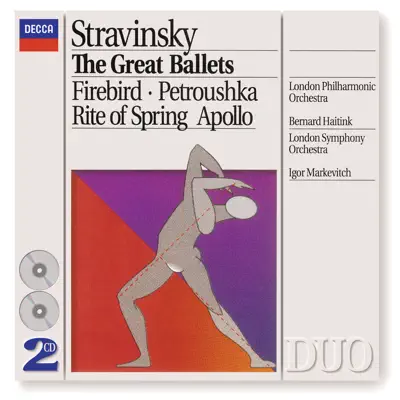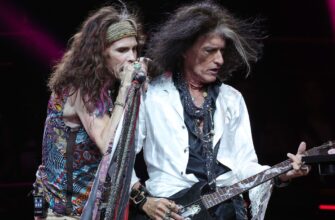A remarkable convergence of historical significance and artistic prowess recently captivated Moscow, as the Bolshoi Theatre hosted the grand finale of the “Igor Stravinsky” festival. This monumental collaboration between the Bolshoi and Mariinsky Theatres presented an ambitious program, stretching over nearly five hours and featuring two of the 20th century`s most revolutionary ballets: Stravinsky`s Les Noces (The Wedding) and The Rite of Spring (Le Sacre du Printemps). Under the baton of the esteemed Valery Gergiev, these performances served as a powerful testament to works that, despite premiering over a century ago, remain startlingly contemporary and avant-garde.
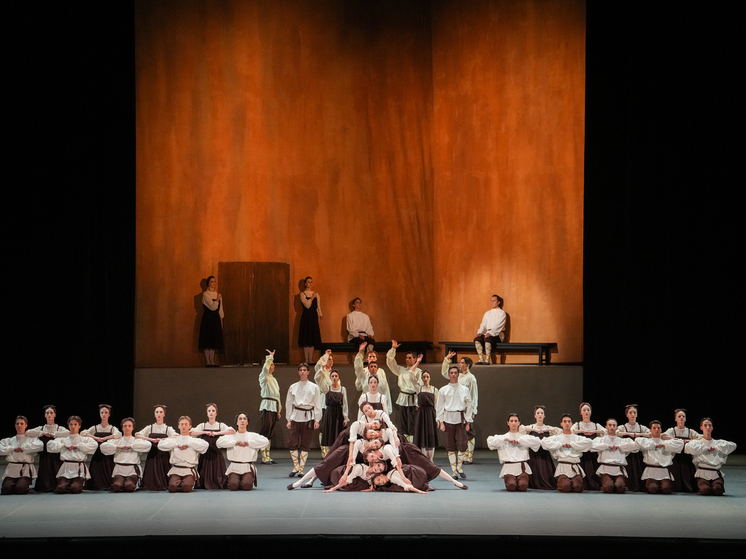
The Ritualistic Modernism of Les Noces
The evening commenced with Les Noces, a ballet that plunges audiences into the depths of ancient Russian wedding rituals. From the opening scene, “The Braid,” where a bride`s long, innocent plait is ceremonially unbound by eight bridesmaids and her parents, the ballet establishes its profound connection to folklore. The chorus, integral to the narrative, weaves traditional wedding songs into Stravinsky’s electrifying score. Performed by Maestro Gergiev’s orchestra, the music`s percussive rhythms and unconventional harmonies remain as astonishing today as they were at its 1923 Paris premiere.
Originally conceived amidst a flurry of choreographic contention, the ballet ultimately found its form under the direction of Bronislava Nijinska, sister to the legendary Vaslav Nijinsky. It marked her debut work for Diaghilev`s Ballets Russes, and her vision was clear: to elevate the corps de ballet to a primary artistic role, transforming dancers into a unified instrument within the score. This innovative approach, eschewing traditional solo virtuosity for powerful collective movement, led some contemporary critics to label it “Marxist” – a curious accusation for a ballet rooted in centuries-old tradition, yet testament to its revolutionary spirit. Nijinska’s choreography, with its intricate group formations, including human pyramids formed by interlocking bodies, continues to challenge conventional balletic norms.
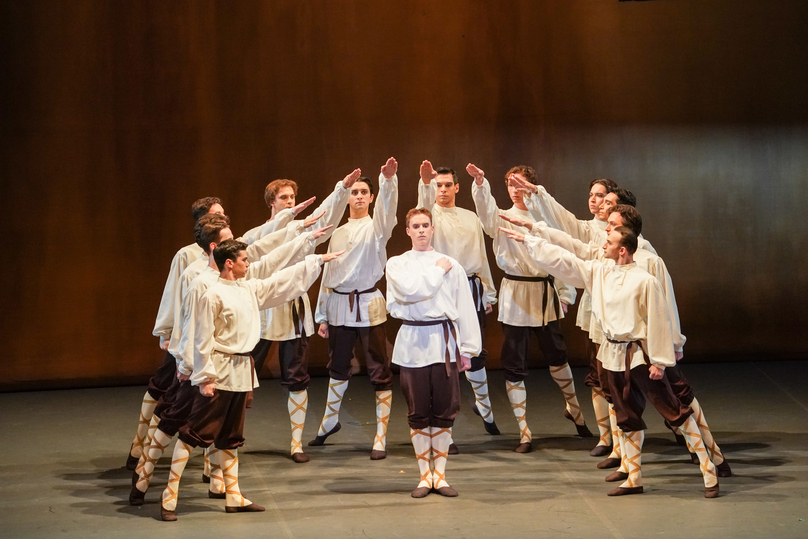
The austere yet evocative scenography by Natalia Goncharova, featuring a solitary window in a peasant cottage backdrop, perfectly complements the ballet’s stark beauty. As the poet Marina Tsvetaeva famously noted, Stravinsky`s music was “carried away not in the ears, but in the eyes,” emphasizing the profound visual impact inherent in Goncharova`s minimalist design and Nijinska’s stark, geometric choreography.
The Rite of Spring: A Symphony of Scandal and Survival
Following Les Noces, the audience experienced the visceral power of The Rite of Spring, a ballet whose 1913 premiere in Paris remains one of the most legendary scandals in theatrical history. Stravinsky himself, upon completing the score, believed it would revolutionize art, and he was correct. Its groundbreaking use of rhythm, often shifting unpredictably, was so radical that it initially baffled musicians and audiences alike. Accounts from the premiere describe a veritable “earthquake” in the theatre, with shouts and whistles drowning out the music – a reaction fueled not just by the audacious score, but by Vaslav Nijinsky`s equally defiant choreography.
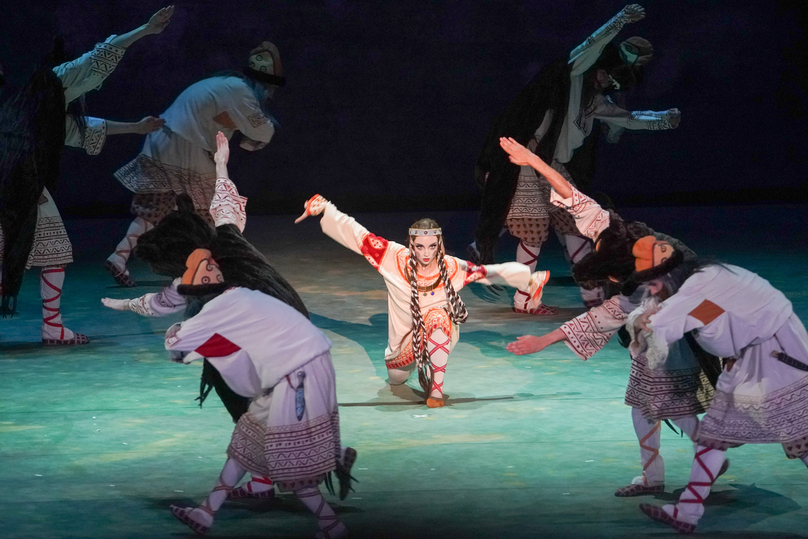
Nijinsky, influenced by the raw, primal designs of Nikolai Roerich, crafted movements that deliberately countered classical ballet’s elegance. Dancers adopted contorted poses with hunched shoulders and drawn-in heads, clenched fists, and elbows pressed close to the body. Most strikingly, their feet were turned inward, a stark departure from the traditional turnout, reflecting the “primitive” aesthetic seen in Roerich`s sketches. The choreography was heavy, angular, and uncouth, featuring weighty jumps and landings on flat feet with stiff legs – a physical challenge that, ironically, only highly trained ballet dancers could execute convincingly. This ballet, which vanished for nearly 75 years after its initial seven performances, has since been painstakingly reconstructed (notably by Millicent Hodson and Kenneth Archer in 1987) and is now performed worldwide, recognized as a pivotal work that laid the groundwork for contemporary dance.
A Timeless Performance for a Modern Audience
The Mariinsky Theatre’s dancers rose to the immense challenge of these demanding works with remarkable skill and dedication. The convulsive, ecstatic movements of Evgenia Savkina as “The Chosen One” in The Rite of Spring, dancing herself to death as a sacrifice to spring, alongside the weighty stomps of the elders, were executed with precision and raw energy. Similarly, in Les Noces, the collective power of the ensemble, featuring strong performances by soloists such as Yulia Spiridonova, Nikita Vronskikh, Maxim Izmestiev, Biborka Lendvai, Anastasia Asaben, Evgenia Emelyanova, Pavel Mikheev, and Alexey Nedviga, delivered a truly compelling experience.
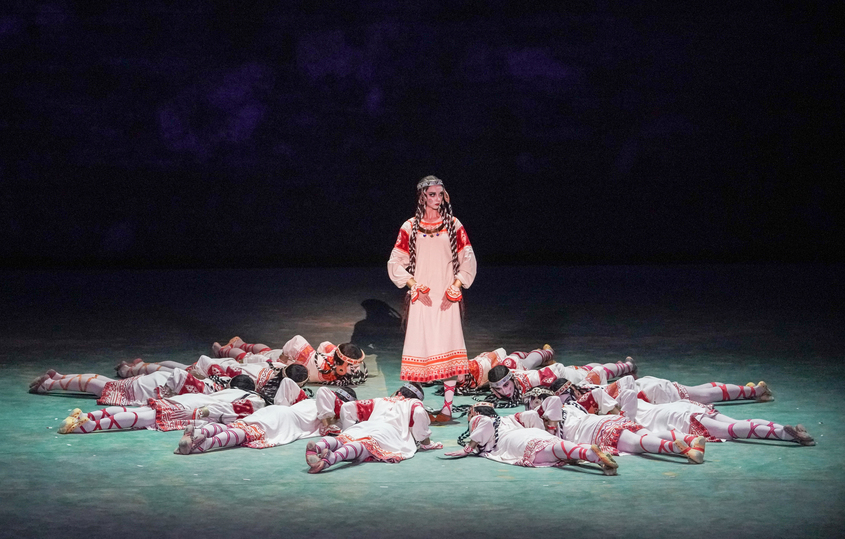
While a century ago such performances provoked outrage and even police intervention, today`s audiences, seasoned by countless artistic experiments, responded with profound awe and appreciation. This shift in reception underscores the enduring power of these ballets: what was once deemed shocking and disruptive has now become “classical avant-garde,” a fundamental part of our artistic heritage. The festival at the Bolshoi not only celebrated Stravinsky’s genius but also reaffirmed the eternal capacity of art to push boundaries, challenge perceptions, and ultimately, transcend its own time.

